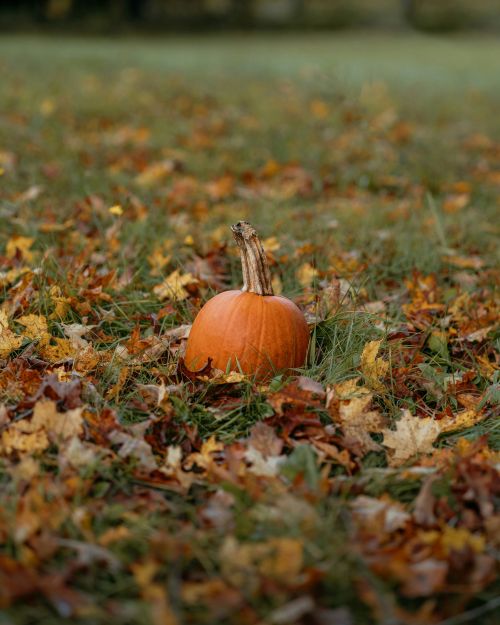Preserving pumpkin and squash
Enjoy tastes of fall throughout the winter months.

Farmers markets may be closing in some areas, but pumpkins and winter squash are still readily available at roadside stands, grocery stores, and some of our gardens. This delicious produce can be stored for 3-6 months if kept in a mild location (45-50 degrees Fahrenheit). Keep in mind, the storage life will depend on the variety of the produce. The harder the shell, the longer the shelf-life. Generally, most squash and pumpkins will last 2-4 months if their skins are unblemished and they do not have soft spots on them.
Squash and pumpkin are rich in nutrients such as Vitamin A (in the form of carotenoids), as well as fiber, vitamin C, iron, folic acid, magnesium and potassium. One half cup of cooked solidly packed pumpkin or squash has only 41 calories.
Tips for cooking and preserving your pumpkin and squash
- Select pumpkins or squash that have bright colored skin are firm and heavy for its size and have no visible damage that can be seen.
- To use, cut in half and scoop out the seeds. A smaller squash or pumpkin may be easier to cut; the larger ones might make for a difficult task. Wash thoroughly, poke a few holes using a knife or fork and bake in a baking dish at 350°F until “fork tender” (about 30-45 minutes). This will make the task of cutting in half much easier. Let cool slightly, cut, remove the seeds, and set aside. Then scoop the flesh out of the shell. You may choose to puree it or simply put it in a freezer bag and “mash it” with your hands. You have made puree; this can be portioned and frozen for pies or your favorite baked products.
- You may also wash the squash or pumpkin, cut it in half and steam, or boil it to soften the pulp. Then again, do the same, scoop the pulp out and portion it into freezer bags for freezing.
- When removing your frozen product from the freezer, always thaw in the fridge, never on the counter at room temperature.
- Pumpkin or winter squash can be canned, but it must be processed in a pressure canner. Cut the product into 1-inch cubes. Add the cubes to a pan of boiling water and boil for 2 minutes. Do not mash or puree; the product must stay intact as a cube. Pack into hot jars, leaving 1-inch of headspace. Fill jars with boiling hot liquid, leaving 1-inch headspace. Remove air bubbles, wipe the jar rims, adjust the lids and process in a pressure canner at 10 pounds of pressure for a weighted gauge (or 11 psi for a dial gauge) – 55 minutes for pints and 90 minutes for quarts. The pumpkin cubes can be mashed or pureed when you are ready to open your canned jars and use them. (make sure to drain off the liquid)
- Remember there is no safe canning recipe for pumpkin butter. If this is something you would like to make, make a fresh batch or a freezer batch. It cannot be safely canned; botulism can be an issue if it is canned.
- Pumpkin puree can also be dehydrated after it is seasoned (honey and spices to your liking), which makes excellent fruit leather.
- Pumpkin seeds are also a favorite. First, wash the seeds while removing the pumpkin tissue and then dehydrate at 115-120 °F for just 1-2 hours (or 3-4 hours in a low-temperature oven). Pumpkin seeds will need to be stirred frequently to avoid burning. Store in an airtight container.



 Print
Print Email
Email




